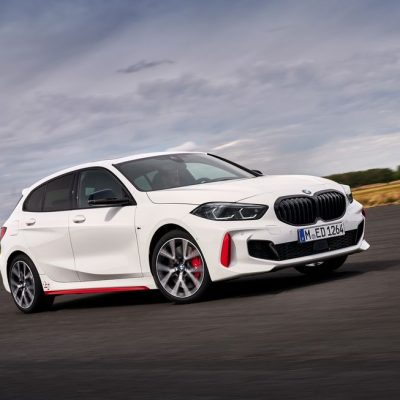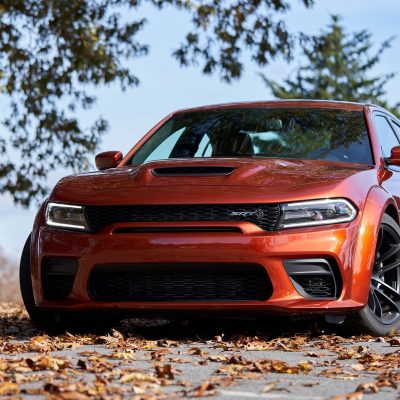Would you love to add drama and mystery to your portrait photography? Low-key lighting could bring a whole new depth to your images.
Let’s shed some light on this technique and investigate the different ways you could add atmosphere to your portrait photography.
Understanding Portrait Lighting
If you are new to portrait photography, the lighting terminology can be overwhelming.
Broad light, short light, high key light, low key light, and split light, are just a few of the terms you will encounter.
To make things easy, let’s think about light as something that works across several different levels in your images:
- Ambient light;
- Model light;
- Broad light;
- Short light.
Ambient light or background light determines the overall brightness of the scene and stages the mood of the image. A dark image creates a sense of mystery, while a bright image works better for playful images.
Model light is used to model/preview the effect of the flash on your model. Using a model light makes it possible for you to evaluate your shadows and highlights before taking the shot with flash.
Broad light is the way you balance light and shadow in the image. The best way to do this is to light your model sideways. Then if you photograph from the side of the main light, most of your model’s face will be in the light–thus giving more importance to the highlights.
In Short light, your photograph is from the opposite side of the main light.
When using short light, most of your model’s face is in shadow. This style is moodier, as it favors shadows over highlights.
What Is Low Key Lighting?
Low Key lighting enhances shadows in your scene. In a low-key image, the majority of the tones and colors are dark.
A more practical reason to use low-key lighting would be to hide the environment you are shooting in. The subject’s surroundings will get lost in low ambient light, so you can easily get rid of distractions or anything that would spoil the feeling of the shot.
The strength of low-key lighting is in the shadows. As most of the image is dark, the viewer is forced to use their imagination to interpret the scene.
For this reason, the low-key light is the perfect style for nudes and body scapes.
As most of the image is dark in a low-key setup, you do not need many lights: you could even start with a single Speedlight.
If you want to create an image with high contrast or deep shadows, don’t light the background. If you have space and the background is large enough, you can do this by increasing its distance from the model.
Camera Settings for Low Key Lighting
When it comes to camera settings, low key lighting is not that different from any other type of lighting set-up:
- If you shoot with studio lights or speed lights, begin by setting the ISO value and aperture on your camera.
- Then manually set the shutter speed depending on the power of your light. This way, you expose your image to the studio lights only, thus suppressing all ambient light.
Here are the other camera settings I use for my low key lighting:
- Shootin in RAW image format;
- Set ISO to lowest;
- Set the aperture to f5.6 or f8 to ensure a good depth of field;
- Change white balance to flash (not so important if you shoot in RAW);
- Have face and eye detection on to help autofocus lock onto the model’s face.




